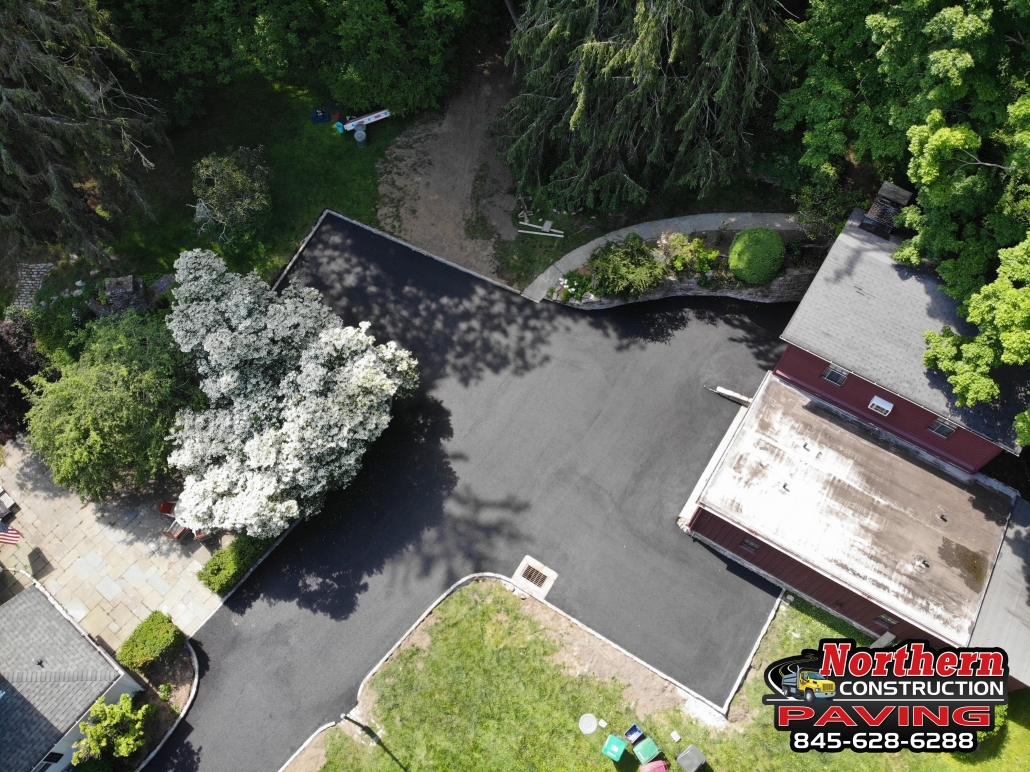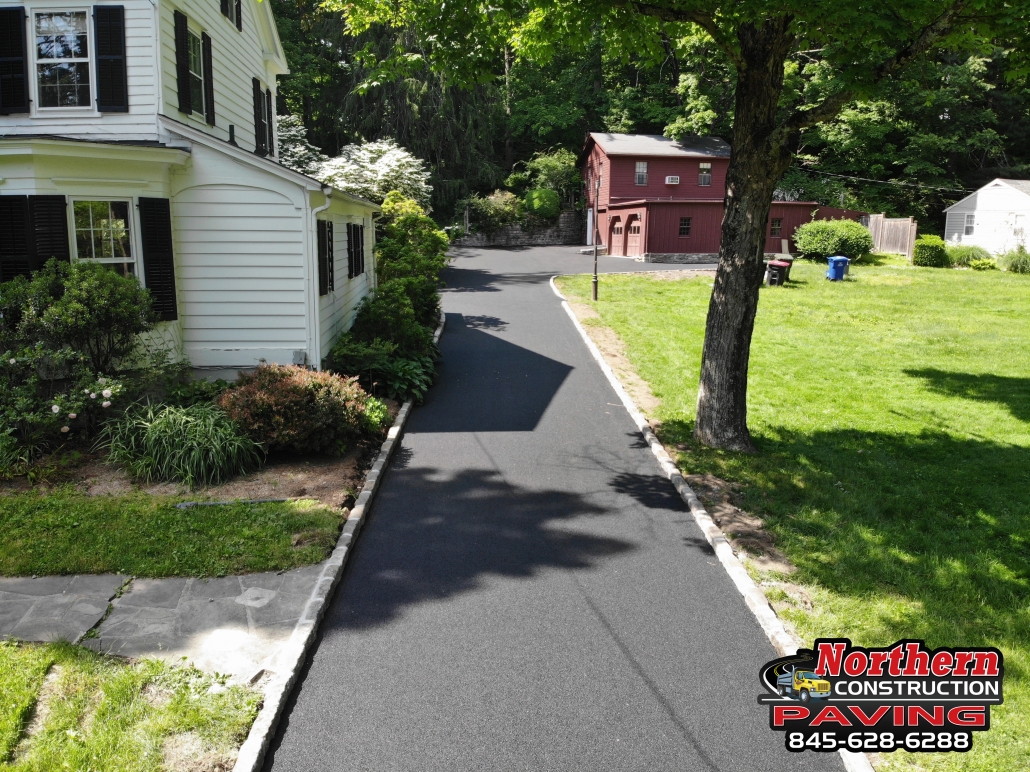It’s Time To Fix That Driveway
Spring is just around the corner! Some homeowners in Westchester and Putnam Counties may begin to notice damage to their driveways that are left over from the cold winter. If your driveway is made of asphalt, you might see cracks or potholes. Paver driveways may start to heave from water that has penetrated the base and frozen. And gravel driveways commonly develop dips and holes from melting ice and snow plow blades. It’s important for you the homeowner to first identify the problem.
Your Driveway Is An Investment
Asphalt gravel and paver driveways are major investments for most homeowners. Remember, addressing small issues now will save you from major headaches later in the year. It should be noted that all of the problems previously listed above will only worsen as the Summer progresses. Without a doubt, heavy rain can turn a small repair into a costly fix. The Northern Construction Team is here to give you Spring asphalt, gravel, and paver driveway maintenance tips!
Maintenance Tips For Asphalt Gravel And Paver Driveways
- Asphalt: Winter moisture and cold weather will eventually leave marks over time. Without a doubt, cracks and small potholes will form when water gets under the driveway and freezes. The freezing and thawing of ice will move the sub-base and cause cracks to form in the asphalt. Commonly, the cracks will be very small and look like a spiderweb. This occurrence is referred to as “Spider Cracking.” If you notice this beginning to appear in your driveway address the problem immediately! A good crack filler can be used to fill small cracks but won’t be effective long term. For small cracks, we recommend Latex-ite from Home Depot. Having your driveway sealed in Spring will help keep water from entering any cracks and escalating the problem. Small Potholes can be filled using cold patches but are only considered a temporary fix
Paver & Gravel Driveways
- Pavers: If you have a paver driveway, it isn’t uncommon for some of the stones to shift over time. Pavers normally are placed flat onto a sand base and are pitched slightly to allow water to runoff. They are held together by polymetric sand which is brushed into the joints of the stones once they’re set into place. Water may find its through the joints after some time and disrupt the sand base. For this reason, this may cause the stones to shift up or down. Luckily this is an easy fix. Unlike asphalt, Pavers can be lifted and reset back into place. We always recommend keeping extra polymetric sand to refill any joints where stones have been reset. Again, this will prevent water from entering the joints.
- Gravel: Gravel driveways are cheaper to have installed but can quickly turn messy. They require routine maintenance year-round. After heavy rain, any low spots in a gravel driveway can quickly turn into pools of water. The dirt underneath may turn into mud and eventually wash out making a mess of the driveway. Washouts can also move gravel, especially near the edges of the driveway. If this occurs, the driveway may not appear to look uniform. It’s important to refill low areas with gravel to keep them from becoming washed out.




